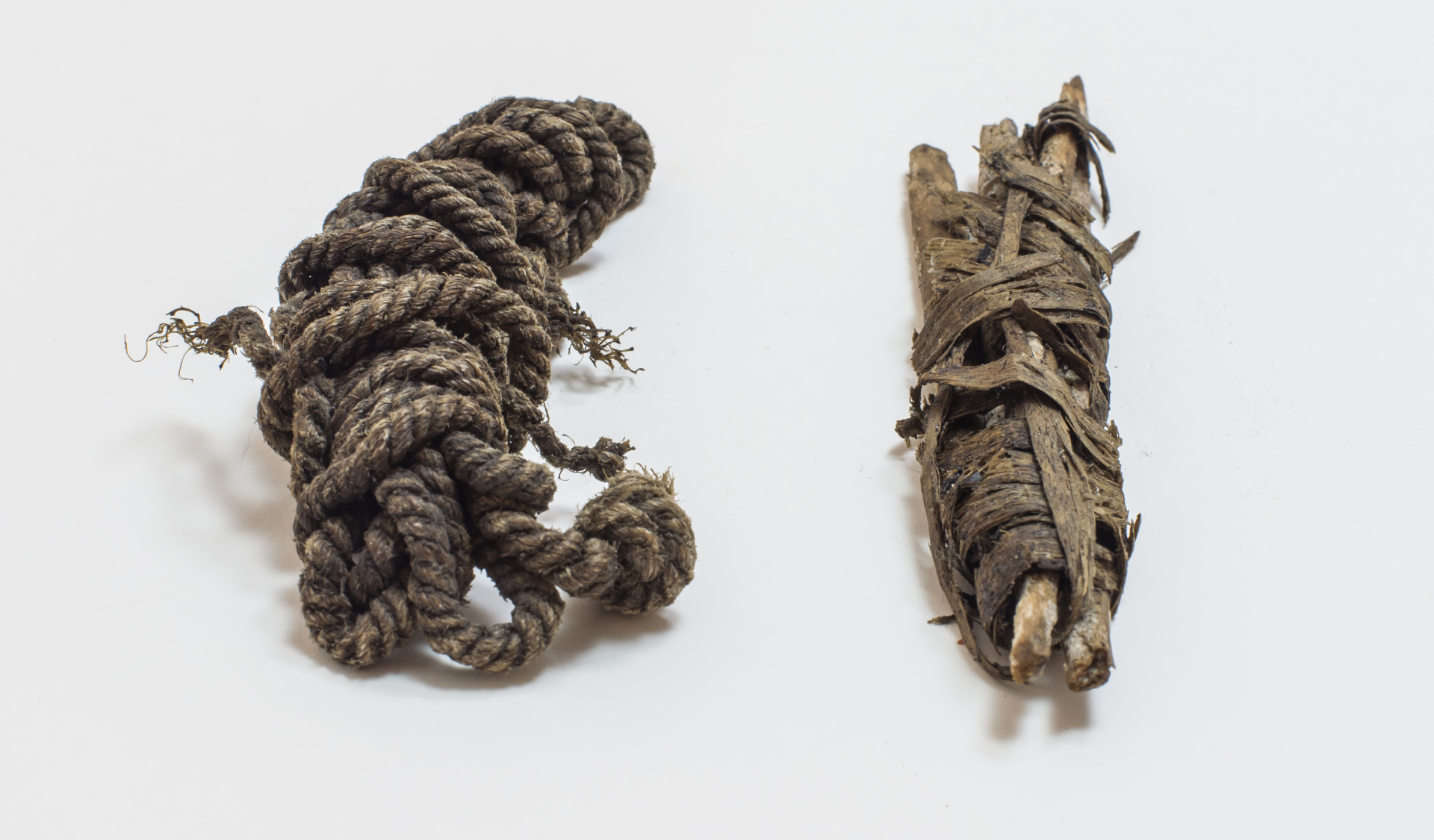
07 26 2020
Tyrol, Austria
しばらく放置していたピアスの穴。
知らない間に塞がってしまった耳たぶに、
再び穴を開けるためにクリニックへ行った。
そのとき、担当医から“エッツィ”についての話を耳にする。
1991年。ドイツ人の観光客が
オーストリアとイタリアの国境に位置する
エッツタール渓谷で発見した男性ミイラがエッツィである。
のちの調査でこのミイラは、
ヨーロッパで発見された最古のミイラであることがわかった。
同時に彼が使用していた短剣のようなものや
ヒツジやヤギの皮をパッチワークしたコートも見つかった。
そして、彼の耳たぶには直径7-11mmの大きな穴が空いていたらしい。
しかしポーチ状のもの中にも、ミイラが発見された場所にも
ピアスらしきは見つからなかったのだ。
彼はどんなピアスをしていたのだろう?
そもそもピアスって何?
しばらくピアスをつけていないと、
再びピアスをつけるちょっとした理由が欲しいと思った。
なんのために痛みを我慢してまで人はピアスの穴を開けるのか。
エッツィは何を求めていたのだろう。
そういえば、映画で見る海賊たちも
ピアス(特にゴールド)を両耳につけている。
2年前にロンドンのナショナルポートレートギャラリーで見た
シェイクスピアの自画像で彼も左耳にピアスをしていた。
釈迦の耳にもピアスはないものの大きな穴が空いている。
時には航海する幸運の御守りとして、
時には探究心を表すツールとして、
時には魔除けとして、またファッションの一部として、
エッツィが生まれるはるか昔の古代インダスや古代エジプト時代から
人の生活に寄り添ってきたピアスというジュエリー。
穴を開けるのに、かつてほどの痛みはなかった。
しばらく放置していたピアスの穴。
知らない間に塞がってしまった耳たぶに、
再び穴を開けるためにクリニックへ行った。
そのとき、担当医から
“エッツィ”についての話を耳にする。
1991年。ドイツ人の観光客が
オーストリアとイタリアの国境に位置する
エッツタール渓谷で発見した男性ミイラがエッツィである。
のちの調査でこのミイラは、
ヨーロッパで発見された
最古のミイラであることがわかった。
同時に彼が使用していた短剣のようなものや
ヒツジやヤギの皮をパッチワークしたコートも見つかった。
そして、彼の耳たぶには
直径7-11mmの大きな穴が空いていたらしい。
しかしポーチ状のもの中にも、ミイラが発見された場所にも
ピアスらしきは見つからなかったのだ。
彼はどんなピアスをしていたのだろう?
そもそもピアスって何?
しばらくピアスをつけていないと、
再びピアスをつけるちょっとした理由が欲しいと思った。
なんのために痛みを我慢してまで
人はピアスの穴を開けるのか。
エッツィは何を求めていたのだろう。
そういえば、映画で見る海賊たちも
ピアス(特にゴールド)を両耳につけている。2年前に
ロンドンのナショナルポートレートギャラリーで見た
シェイクスピアの自画像で彼も左耳にピアスをしていた。
釈迦の耳にもピアスはないものの大きな穴が空いている。
時には航海する幸運の御守りとして、
時には探究心を表すツールとして、
時には魔除けとして、またファッションの一部として、
エッツィが生まれるはるか昔の
古代インダスや古代エジプト時代から
人の生活に寄り添ってきたピアスというジュエリー。
穴を開けるのに、かつてほどの痛みはなかった。
As I lay on the salon bed and the piercer prepares to re-pierce my ear, he tells me about Ötzi — Europe’s oldest known natural human mummy, discovered in 1991 by German tourists on the Fineilspitze in the Ötztal Alps on the Austrian–Italian border. Ötzi carried a dagger and wore a patchwork coat made with leather of different skins, and his earlobe had a hole around 7 to 10 millimeters in diameter, although no earrings were found with his belongings. What kind of earrings would he have worn? I couldn’t help but wonder why we pierce our ears as we do. I wanted a better reason to add pain to my already healed up earlobes. Even Ötzi went through the pain of piercing ears, and for what reason?
I’ve seen countless pirates wear gold earrings in films. Shakespeare wore an earring on his left ear in a self-portrait I saw at the National Portrait Gallery in London a couple of years ago. Statues of Buddha have long, pierced earlobes. Earrings have been an integral aspect of human civilization since ancient Indus and Egyptian times, long before Ötzi was even born. To ward off bad luck, to express an inquiring mind, as a talisman, and as a form of embellishment.
Suddenly, piercing my ear didn’t seem as painful as I remembered.
As I lay on the salon bed and the piercer prepares to re-pierce my ear, he tells me about Ötzi — Europe’s oldest known natural human mummy, discovered in 1991 by German tourists on the Fineilspitze in the Ötztal Alps on the Austrian–Italian border. Ötzi carried a dagger and wore a patchwork coat made with leather of different skins, and his earlobe had a hole around 7 to 10 millimeters in diameter, although no earrings were found with his belongings. What kind of earrings would he have worn? I couldn’t help but wonder why we pierce our ears as we do. I wanted a better reason to add pain to my already healed up earlobes. Even Ötzi went through the pain of piercing ears, and for what reason?
I’ve seen countless pirates wear gold earrings in films. Shakespeare wore an earring on his left ear in a self-portrait I saw at the National Portrait Gallery in London a couple of years ago. Statues of Buddha have long, pierced earlobes. Earrings have been an integral aspect of human civilization since ancient Indus and Egyptian times, long before Ötzi was even born. To ward off bad luck, to express an inquiring mind, as a talisman, and as a form of embellishment.
Suddenly, piercing my ear didn’t seem as painful as I remembered.



